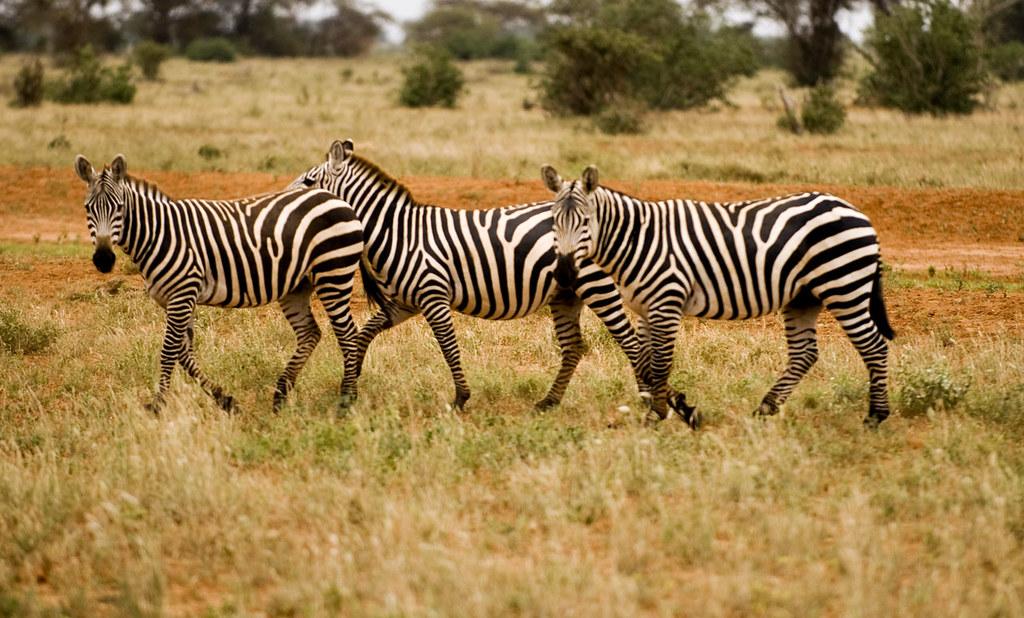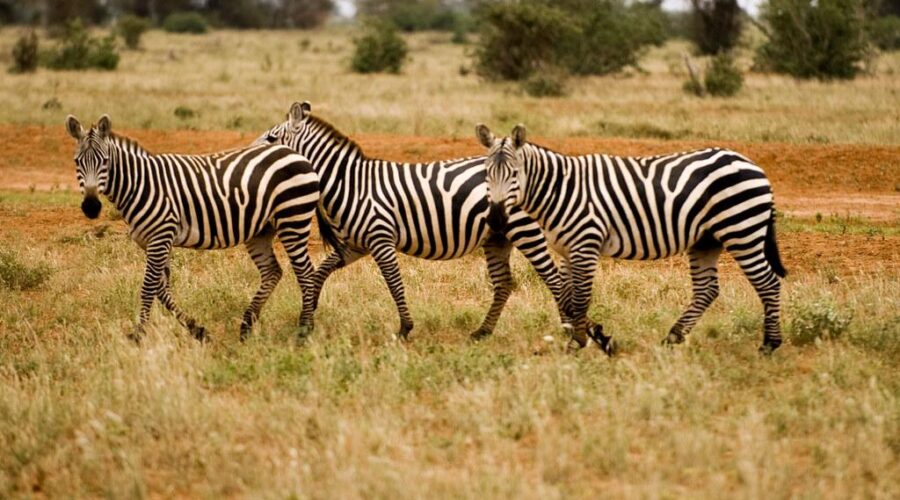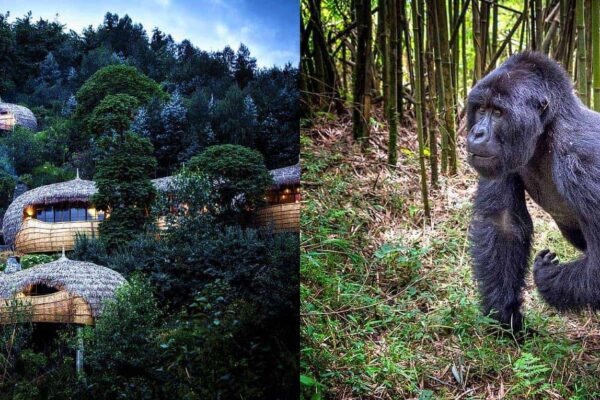Have you ever imagined getting a good vacation on a safari in Africa? The thought is exciting, right? If you are an explorer and adventurer, you will find the wild interesting. The excitement you get from watching animals in the wild is special. All thanks to sustainable travel, we can now travel the world in the wild for vacation and make an impact.
Although sustainable travel is amazing, it comes with a price. As much as it supports and rewards conservation efforts and contributes to community welfare, it can also disrupt animal behaviour and damage ecosystems. This can threaten the animals’ sightseeing, which brings us excitement. This is why you need to take precautions to ensure the aim of sustainable tourism is achieved.
In this article, you will learn how to explore Africa Safari without causing damage. We’ll explore ways to take in nature and watch animals without harming them. Whatever plans you have for your next safari vacation, these tips will help you become an environmentally conscious traveller.

Sustainable Travel: The Good And Bad
There are always two sides to every coin; this applies to wildlife tourism. There are good and bad sides as well. Even though the good side is more than the bad, we can’t act like the bad doesn’t exist. Wildlife tourism has boosted African economies, created jobs, and financially impacted communities. Sustainable travel has played a huge role in protecting endangered species and maintaining national parks today. For example, the Kenya elephant population and the Okavango Delta preservation are all thanks to sustainable tourism.
Unfortunately, our love and actions towards wildlife might cause an imbalance in our ecosystem. As a result of sustainable travel awareness, there has been a major increase in wildlife visitation. Overcrowding wildlife habitats might make the animals feel pressured and threatened, leading to a change in their natural behaviours. Baboons, for example, become aggressive after getting used to handouts from tourists in Cape Town. This shows that we might unintentionally harm the animals we are trying to protect.
How To Spot Wildlife Without Disturbing Them
All that is required of you to ensure that you don’t obstruct the natural flow of wildlife when spotting is simple. But this might not be easy for you, with the temptation to get a closer look and a perfect shot. Just like you appreciate your space, animals feel more comfortable in their space too. Here are some essential tips when going on a safari excursion or vacation:
Keep A Good Distance
When you maintain a good distance, animals feel safe and operate in their most natural state. Does this mean that bang goes your picture for your social media pages? No, with the help of binoculars or a good camera, you can have a good shot. All that you have to do is zoom your lens; this is a good way to avoid getting close.
Stay Quiet And Move Slowly
Calm and quiet is the watchword of an authentic experience in a wildlife centre. This is because animals get startled easily by sudden movements and noise. You don’t want to send them away, so don’t awaken their fear and defence instinct.
Don’t Feed The Animals
Feeding wildlife is a common gesture by guests who visit conservation centres. Perhaps you have also practised this behaviour once or twice. However, this behaviour is not to be imbibed as a responsible tourist. It can lead to animals relying on humans for food or becoming aggressive. Baboons snatched food from visitors in some parts of South Africa. This behaviour can lead to a dangerous experience for you as a tourist.
Keep To Path
Avoid walking off the trail, as it can disturb the delicate ecosystem. In some reserves, such as the Okavango Delta, visitors are asked to stay on marked paths. This way, they can protect and maintain balance in their environment and wildlife. This way, the aim of sustainable travel is achieved.
Travel In Small Groups
Do you want to enjoy your excursion? Then, you need to engage in a smaller circle. Moving with a large crowd always generates noise and disruption. When you move with a smaller group, you will enjoy the environment quietly and leave little or no footprint.
Be A Part Of Wildlife Conservation
How can the purpose of sustainable travel be achieved when we engage in things that destroy our ecosystem? One way to enjoy your visit to a conservation centre without harming the animals is to be involved in wildlife conversations. Some parks offer guests the opportunity to join a monitoring program. This monitoring program, such as turtle tracking in Watamu, Kenya, gives you firsthand experience and deepens your appreciation of animals.
You can also visit reputable sanctuaries and learn how to rescue animals and prepare them for the wild. If you fancy this knowledge and find yourself around Nairobi for vacation, you can visit places like David Sheldrick Wildlife Trust. Where you can watch how orphan elephants are rehabilitated. Ask questions if you are assigned a tour guide to learn more about how to treat wildlife.
Conversations on wildlife don’t end at locally organised programs. Take the information home with you and discuss it with friends and family. This way, you will help create awareness on how to relate to wildlife without harming them. Be a responsible tourism advocate today! These activities allow you to connect with wildlife meaningfully, contributing to their protection while gaining unforgettable memories.

Travel With Purpose
Our actions decide how much we can achieve in sustainable tourism. Keeping our distance from animals and asking questions from a trained tour guide will help maintain the ecosystem.
Good practices ensure the continuity of wildlife conservation. They also ensure that we enjoy nature without causing harm. Remember, sustainable travel isn’t just about having the moment; it’s about ensuring that future generations can enjoy these incredible animals, too. So, as you travel to different African countries, ensure that you are involved in sustainable travel practices.




